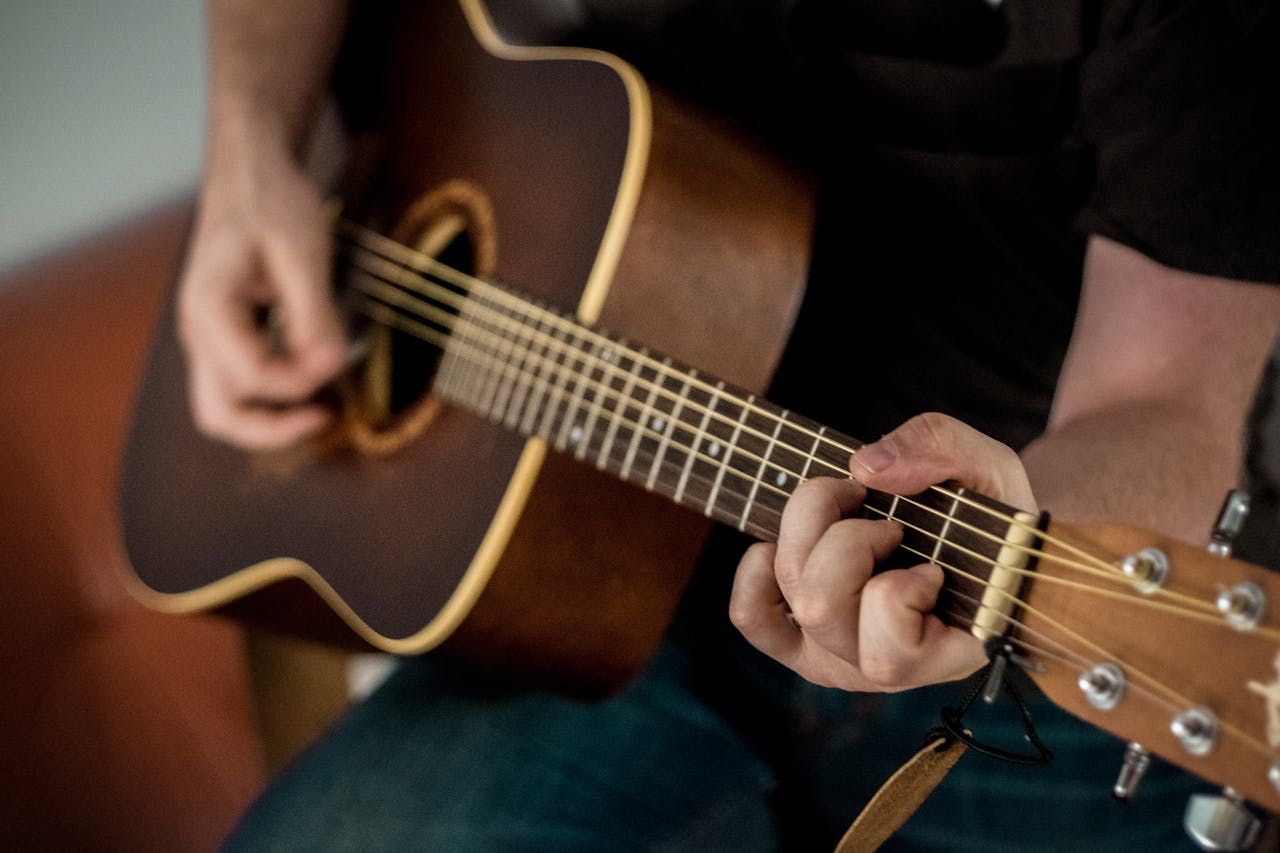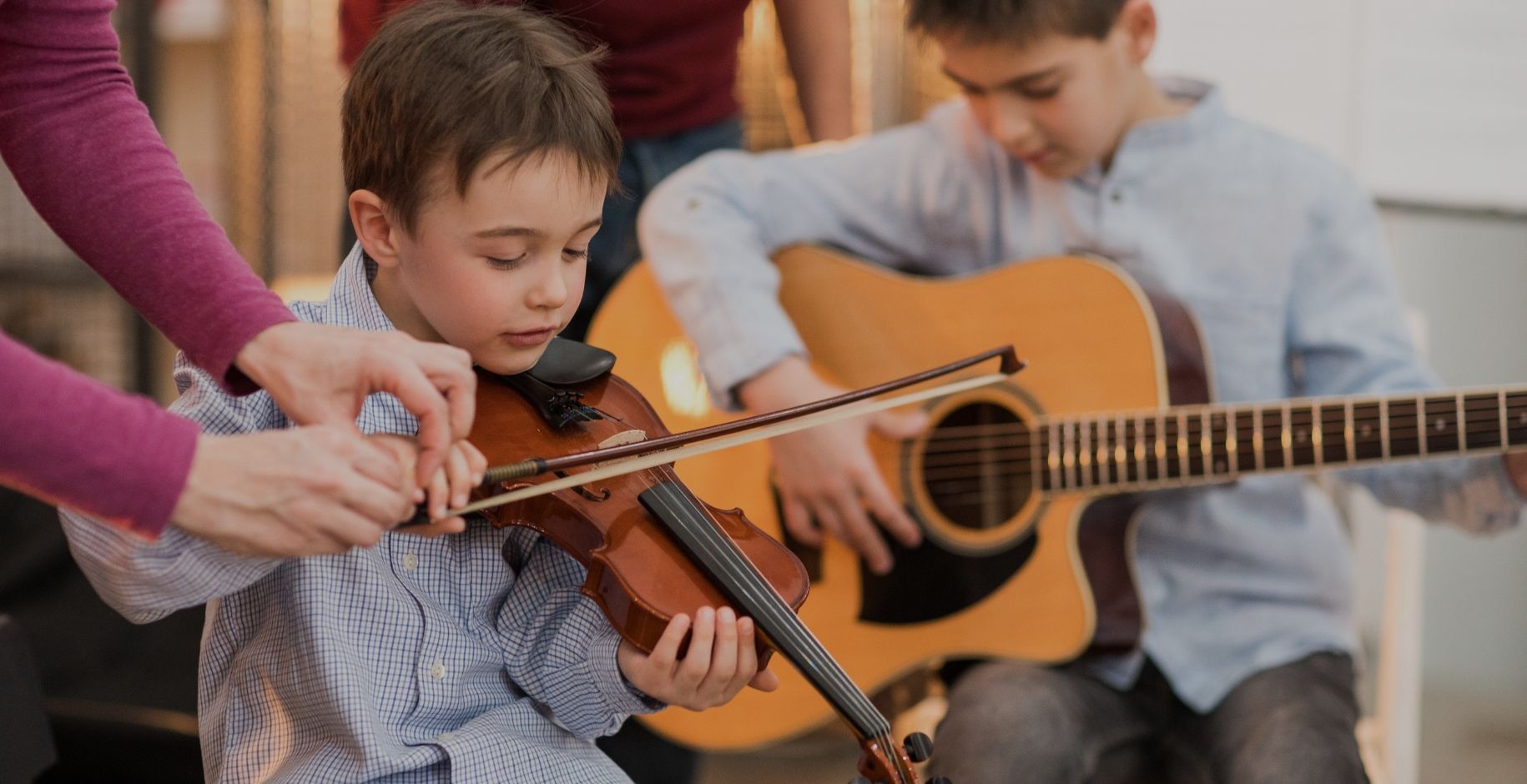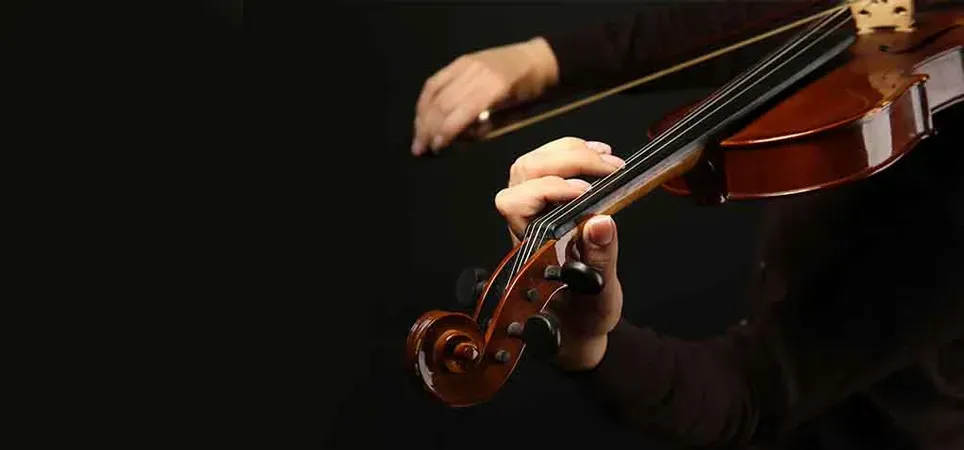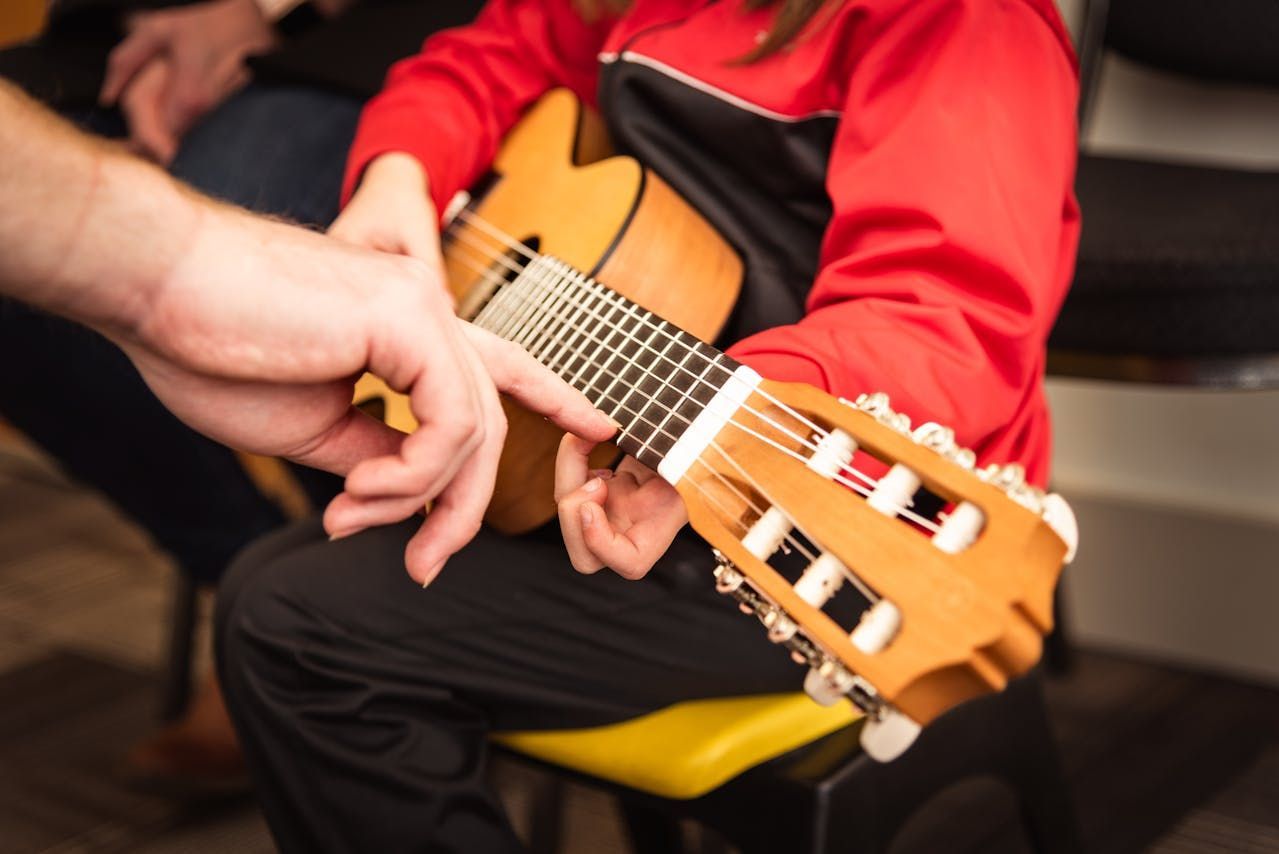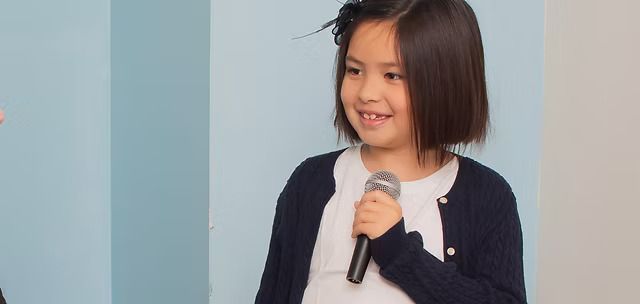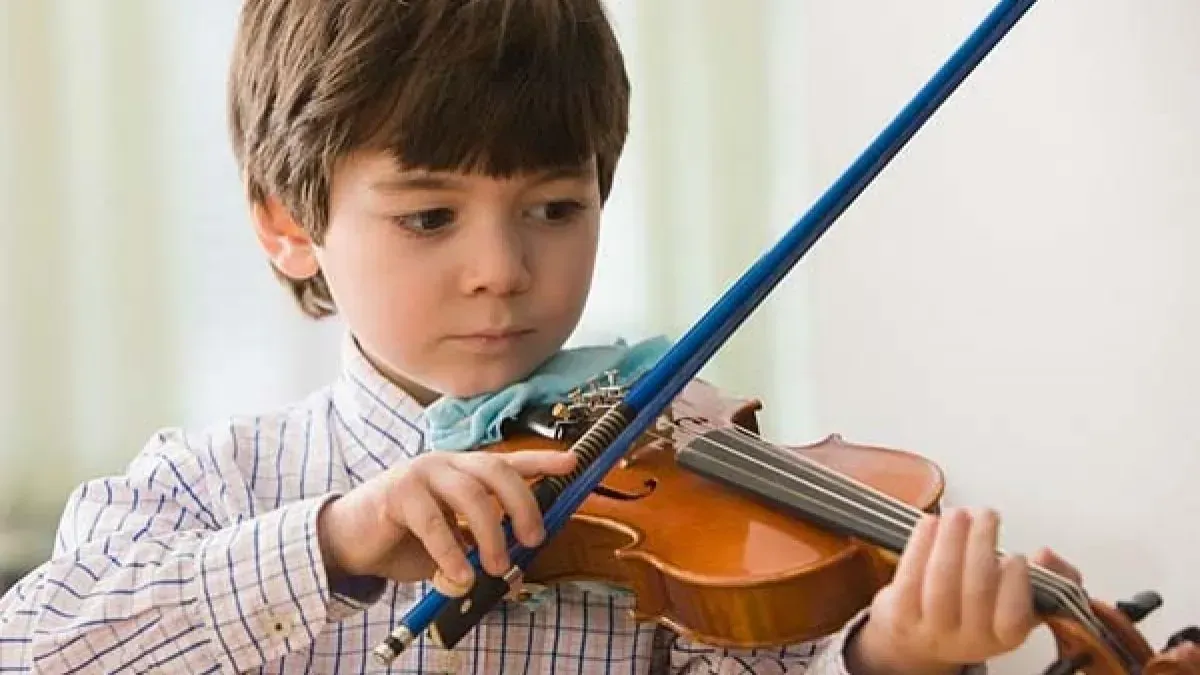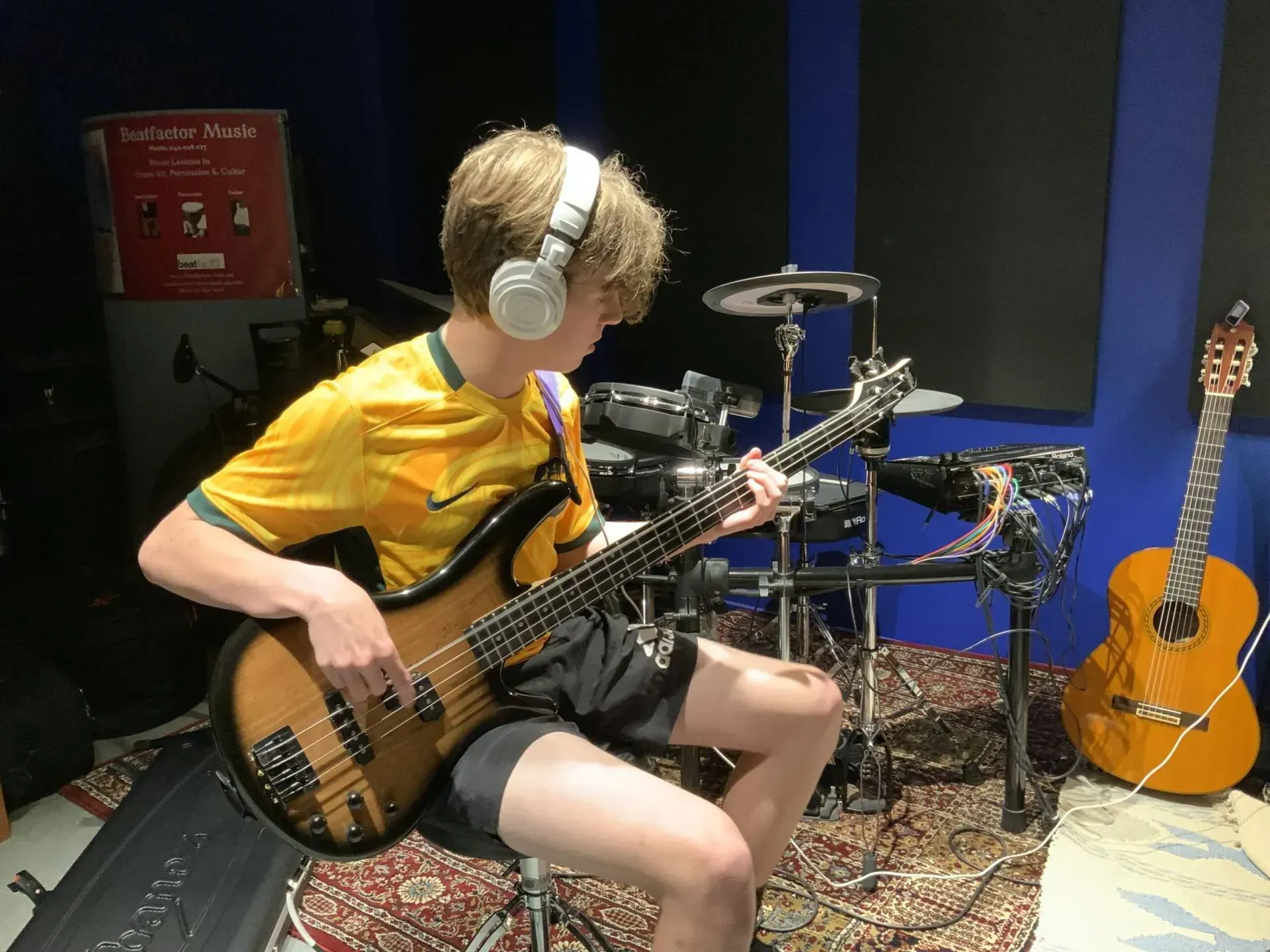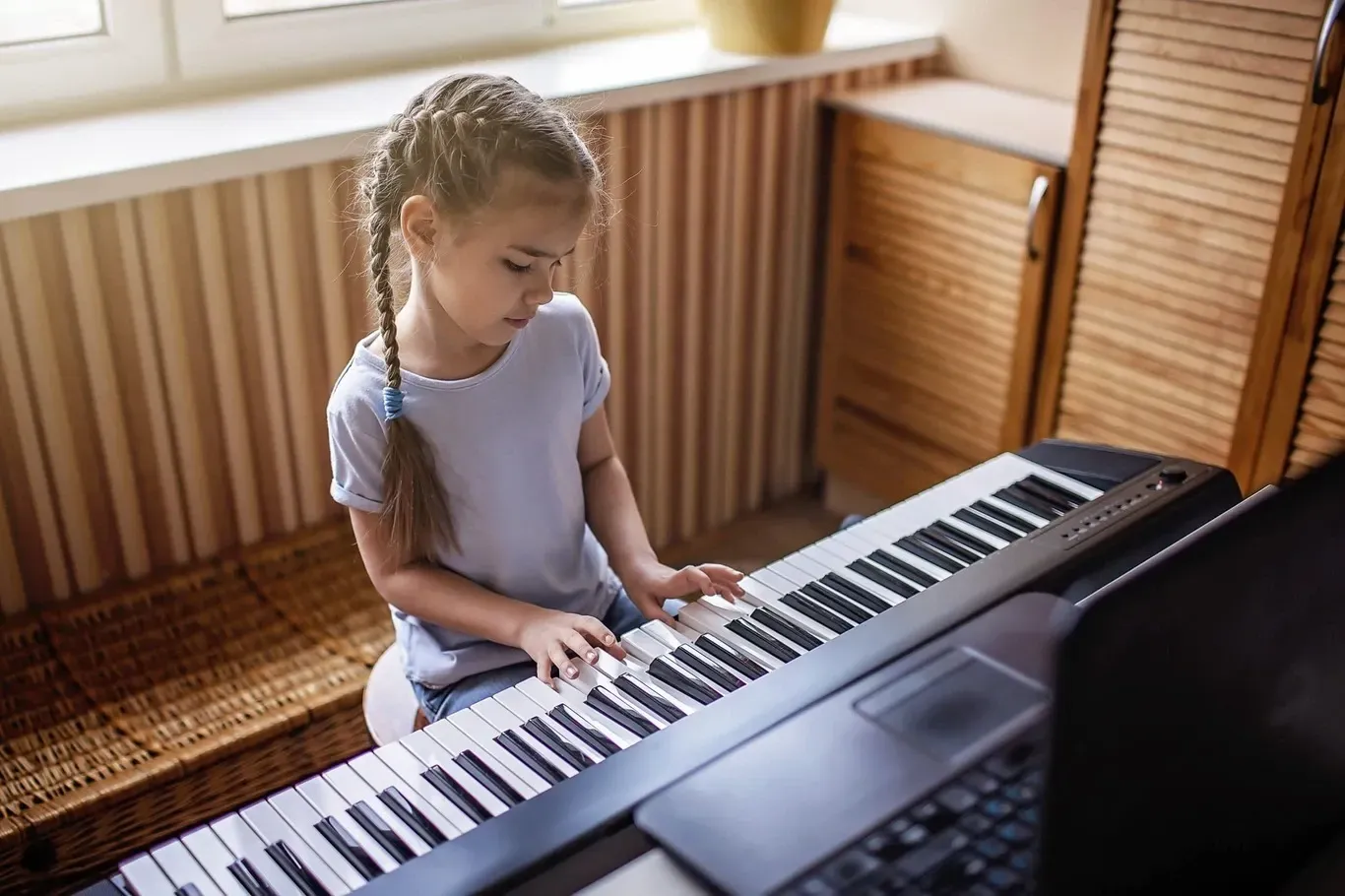Exploring Different Styles in San Diego Violin Lessons
Violin music often conjures images of orchestral performances or Vivaldi's renowned concertos, but the instrument's versatility extends far beyond these traditional realms. Today's musical landscape is ripe with innovative genre fusions, pushing the boundaries of what violin music can be. These novel combinations, alongside past experimental fusions that never quite reached mainstream popularity, offer a rich tapestry of sounds for the curious listener.
This blog aims to broaden your musical horizons by introducing you to lesser-known violin styles and genres, showcasing the instrument's adaptability and the creativity of musicians who continue to redefine their role in contemporary music. Before enrolling your name for
violin lessons in San Diego, you should learn about the types of different styles of violin music.
Romantic Era
The Romantic era composers, particularly Tchaikovsky and Brahms, revealed the violin's profound expressive capabilities to the whole world. Their compositions, characterized by lush, emotive melodies and dramatic dynamic shifts, demanded more than mere technical proficiency; they required a deep emotional resonance with the music.
The music teachers in
violin lessons in San Diego help students so that they can use their violin as a conduit for emotion, effectively turning musical notation into a heartfelt language that could touch listeners on a profound level.
Zazz Violin Music
Generally, we don’t think about violin music when it comes to jazz. But nowadays, people become more interested in this kind of style. In modern times, artists play the electric violin more compared to traditional classical music. In the electric violin, artists can add different types of sound effects to it.
Classical Indian Violin Music
You can compare classical Indian violin music with traditional Western music. There is only one difference between these two types of music: the tuning and the way you hold the instrument.
The artists tune the instrument in
violin lessons in San Diego from G-D-A-E in traditional Western music while playing Indian classical music to resemble common scordatura. While playing Indian music, the player sits cross-legged on the floor with one leg extended out.
Suzuki Method
This popular approach, developed by Shinichi Suzuki, emphasizes learning by ear before reading music. It's particularly effective for young children and involves heavy parental involvement. The Suzuki method focuses on developing a beautiful tone and fostering a love for music.
Contact Us!
Remember, the best style of violin lessons for you depends on your personal goals, musical interests, and learning preferences. Don't be afraid to try different approaches or even combine elements from various styles to create a learning experience that resonates with you.
Whether you're drawn to the precision of classical music, the freedom of jazz improvisation, or the lively spirit of folk traditions, there's a violin lesson style out there to help you achieve your musical dreams. If you want to learn
violin lessons in San Diego, Google US Music Lessons near me.

